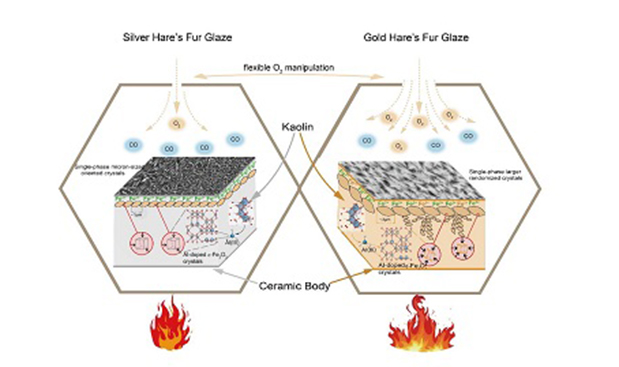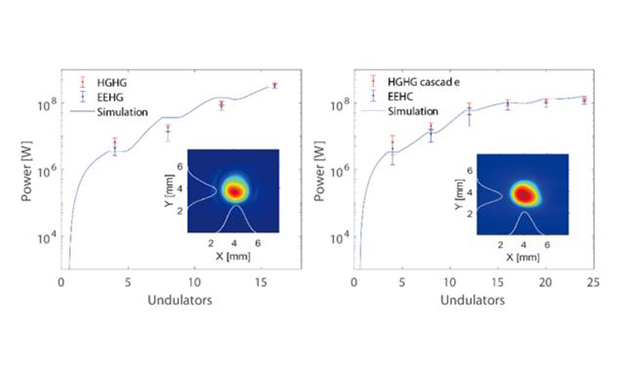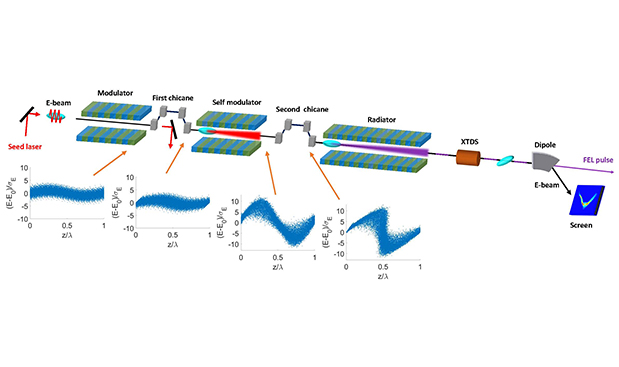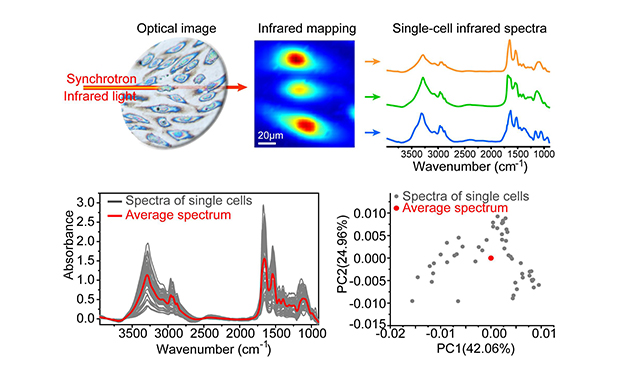Scientists Reveal New Tools in Single-cell Infrared Microspectroscopy Based on Synchrotron Radiation
Single-cell technologies are becoming hot topics and key directions of biomedical research due to their abilities to answer the basic question of cellular functional heterogeneity and to interpret the molecular basis of various chronic diseases as well as aging. Among the single cell techniques, single-cell infrared spectroscopy obtains growing attention because of its advantages in simultaneously identifying the characteristics of intracellular metabolites.
01 05 , 2021



